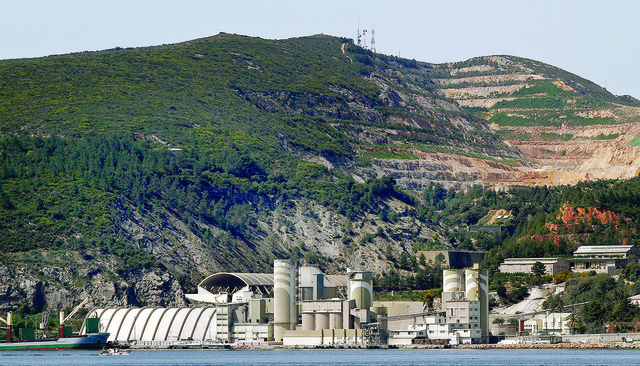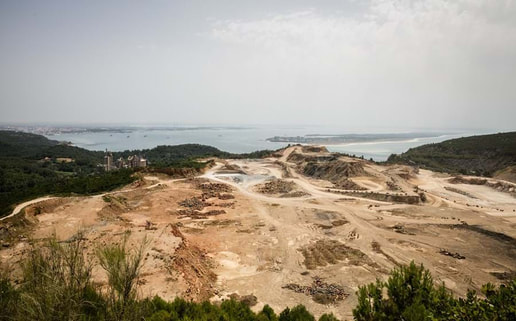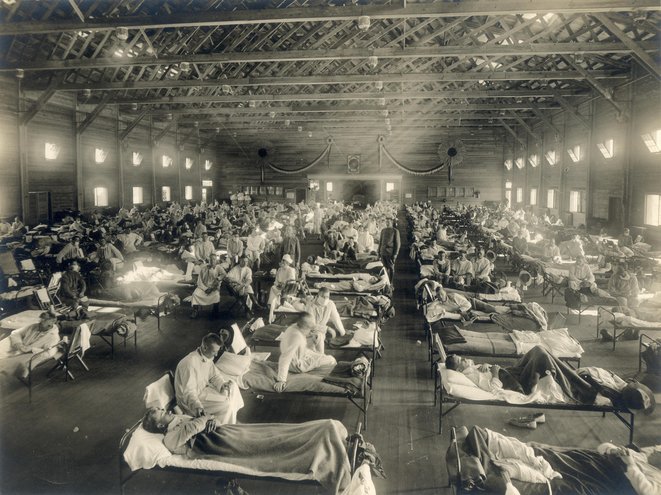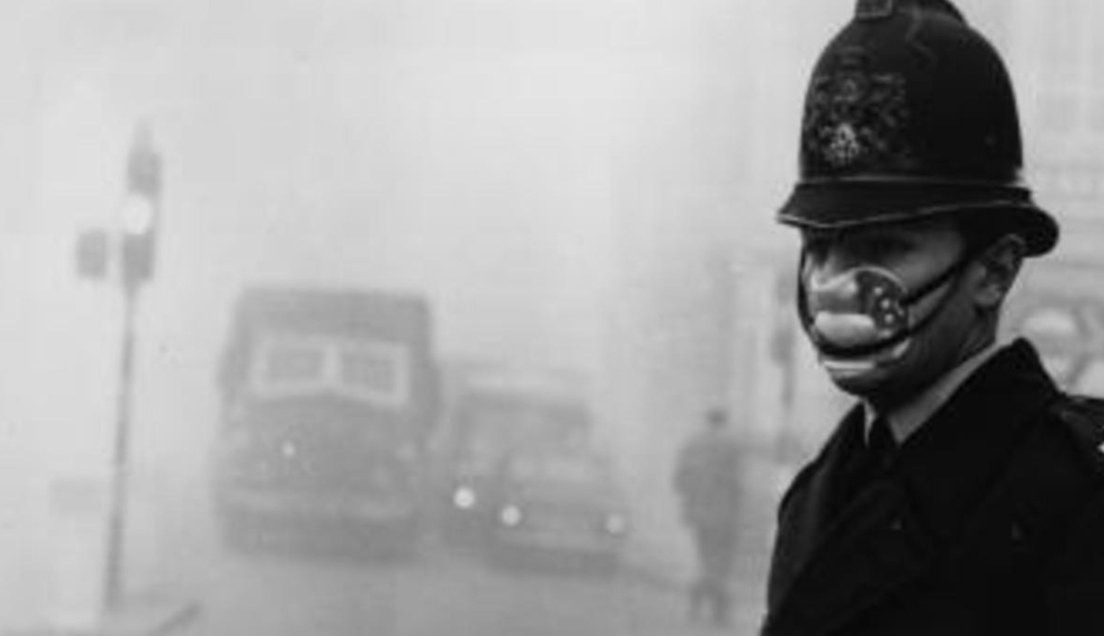Não terá sido imaginação despropositada. Salta aos olhos – e aos ouvidos – que a fauna ornitóidea arrabidina tem, mal ou bem, resistido aos tiros de caçadeira, aos gases automóveis e à crescente mancha de cimento e tijolo que a assola. Não é como agulha em palheiro o achamento de melros, gaios, piscos, rabirruivos, cotovias, rolas, perdizes e abelharucos; ou de falcões, gaviões, bufos, noitibós e corujas, e, se preferirmos as escarpas e as praias, de gaivotas, maçaricos, mergulhões e cagarras. Mal nos afastamos do bulício urbano e da zoeira dos motores de combustão, mal o manto da desarmonia humana dissipa, logo retomam os cantares dos passeriformes – no fundo do jardim, para lá dos arbustos, ou sob a copa das árvores.
Nunca assisti à folclórica visitação das varas de javardos à praia de Galapos, mas posso atestar – por ter visto em primeira mão – que há na serra raposas, gatos bravos, sacarrabos, genetos e doninhas, andorinhões, bufos, peneireiros e até uma outra rara águia de Bonelli, ouriços, cobras rateiras e víboras cornudas. Isto fora a legião de piscos, melros, e carriças.
Não é todos os dias, contudo, que nos deparamos com certos ninhos. Há semanas atrás, quando, pela tarde no bastio do vale do Parral, levantei os olhos na direcção da origem do piar que surpreendi e me surpreendeu, deparei com uma colossal e inaudita estrutura de galhos bem no topo de um pinheiro-bravo. Era o ninho de onde o piar assoprado provinha, um ninho visivelmente vetusto e musguento, com vestígios de várias reparações. Ora, sendo que a coruja das torres, a mais comum na zona da serra, é uma ave oportunista, que em vez de fazer ninho se aproveita dos que encontra abandonados, e considerando a dimensão daquele alcandorado nas ramagens da conífera, a conclusão óbvia impôs-se-me: tinha encontrado um velho ninho de águia.
Uma vez por outra, é possível avistar, planando nos céus da Arrábida, uma águia de Bonelli. Mais comum, claro, são os falcões e gaviões, e agora mais que há uns anos corvos negros. A presença de um seu ninho abandonado em zona de vale diz, ao amador pelo menos, que o alimento, antes suficiente para que ela ali se fixasse, agora escasseia. Tal como o silêncio dos canários na escuridão das minas sinaliza que o ar está impregnado de monóxido de carbono, o piar de uma coruja-bebé num ninho feito por outrem merece ser tomado, não tanto como garante da saúde da floresta, mas como sintoma de doença grave. Razão de sobra, portanto, para que quem se toma por amante da natureza se abstenha de fazer passeios pela serra.
Jornal de Azeitão, Fevereiro 2024






 RSS Feed
RSS Feed
